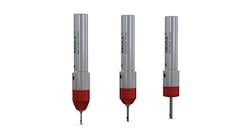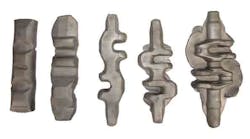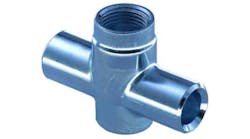The Steel Market Development Institute issued the fifth update to its online Bar Steel Fatigue Database. The American Iron and Steel Institute launched the SMDI in 2008, and that body’s Long Products Market Development Group (LPMDG) developed the database together with several vehicle manufacturers to provide information for use by engineers designing chassis and powertrain systems.
Now incorporating 134 iterations, the database presents combinations of critical steel grades and heat treatments for safety-critical vehicle components, i.e., parts for which reliable strain-controlled, axial fatigue testing data are needed to optimize the design.
Engine parts like steel connecting rods, crankshafts and valves are primary examples for which designers are tasked with improving structural performance and system efficiency. Likewise, steering system improvements are expected, for more durability and performance reliability, at low cost. In transmission systems, new designs are sought to reduce the size and mass, but with greater power density and/or torque output.
In each of these examples, steel is a preferred material and data on the performance and characteristics of various steel grades is essential in the design processs.
Automakers and suppliers using Finite Element Analysis (FEA) in vehicle design require accurate and reliable reference data on bar-steel fatigue data. “The data stored in the database has been acquired using a sophisticated strain-controlled method, which provides better, more accurate and detailed component fatigue life predictions than the rudimentary stress-life method,” according to SMDI’s announcement.
“We work with our end-use customers to determine the material and heat treatment combinations,” explained David Anderson, senior director of SMDI’s long products program for SMDI. “By providing optimal predictability for parts, designers and engineers can design better parts, resulting in long term reliability and durability for a vehicle.”
The fifth iteration of the Bar Steel Fatigue Database is available to members of the LPMDG, and will be made available to the general public in two years. Individuals interested in the accessing the database are invited to register online.
The Bar Steel Fatigue Database Project Team includes: American Axle & Manufacturing, Caterpillar Inc., Cummins Inc., Dana Holding Corporation, Eaton Corporation, Gerdau, FCA US LLC, General Motors Corp., Meritor, Nucor Corp., and TimkenSteel.















